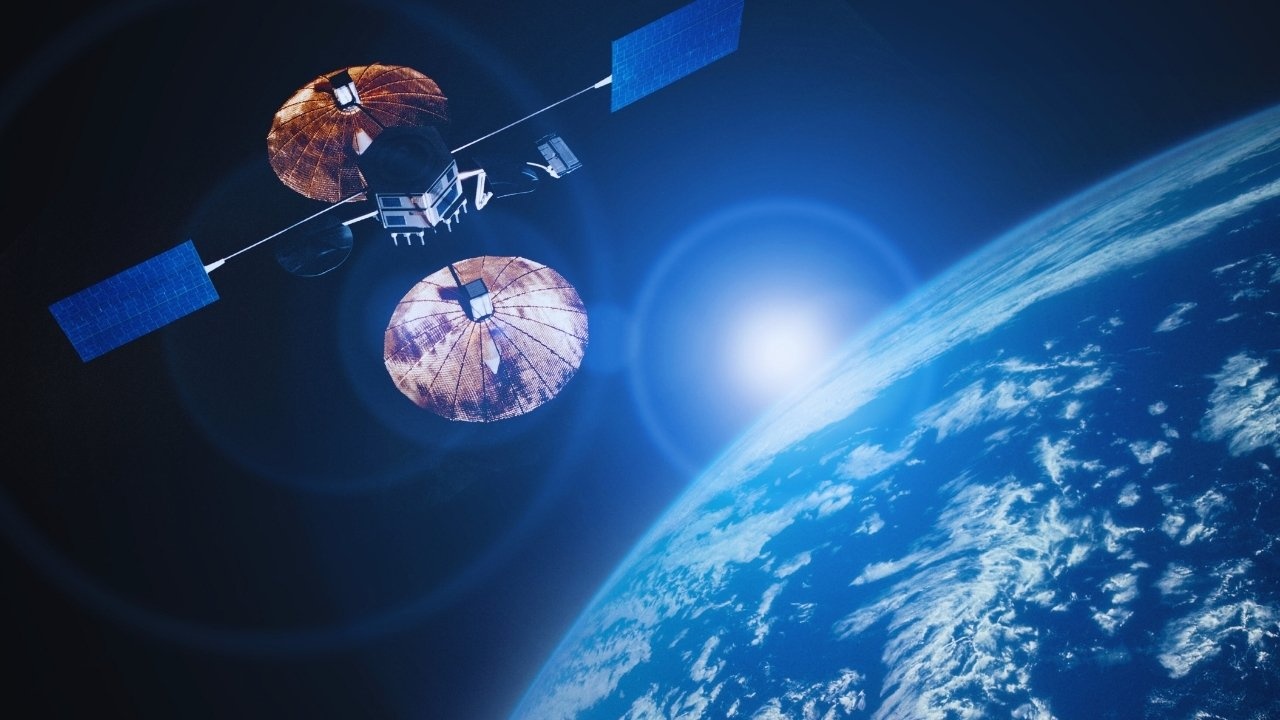
Trump Slaps 10% Tariffs on Canada Over Ontario's D
Trump announces 10% tariff hike on Canada for not immediately pulling Ontario's anti-tariff Reagan a

The International Space Station (ISS), a landmark achievement in human engineering, is about to conclude its remarkable journey. With over three decades of relentless operation, NASA along with international partners is preparing to retire this orbiting research hub, which has become a hallmark of global collaboration and scientific inquiry. As we bid farewell to the ISS, a new era in space exploration beckons — one dominated by commercial initiatives, private funding, and the promise of a burgeoning orbital economy.
Launched in November 1998, the ISS was constructed in orbit through collaborative efforts from the U.S., Russia, Europe, Japan, and Canada. Over the years, it has transformed into a nexus of innovation, serving as a testing ground for technologies needed for future deep-space explorations, while also acting as a laboratory for over 250 astronauts worldwide.
The ISS has celebrated countless scientific achievements, ranging from studying the effects of microgravity on human health to investigating climate phenomena from above. Furthermore, it became a beacon of peaceful collaboration, especially between former adversaries, shedding light on what humanity can achieve collectively beyond political boundaries.
Yet, as the ISS ages, maintaining it is becoming increasingly costly. With its operational period extending far beyond the initial 15 years, the facility now suffers from various issues such as cracks and outdated systems, which have raised safety alarms. Consequently, NASA is coordinating a controlled deorbit ahead of 2031.
Operating the ISS has become an expensive endeavor, with NASA spending over $3 billion annually on maintenance, repairs, and supply missions. Given the emergence of new technologies, the continual operation of this aging station appears impractical.
Many of the ISS's systems were built in the 1990s and early 2000s. Despite upgrades, the risk of breakdowns in critical areas like power distribution and pressurization is mounting.
NASA emphasizes that retiring the ISS signifies not a withdrawal from low-Earth orbit operations but a proactive shift towards a commercial model, allowing resources to be directed towards ambitious lunar and Martian exploration plans under the Artemis program.
As NASA steps aside, private corporations are poised to fill the void. The agency has already enlisted several U.S. companies to construct commercial space stations that will sustain ongoing research and cater to astronauts and tourists.
Axiom Space aims to attach its inaugural module to the ISS by 2026. When the ISS is decommissioned, Axiom will operate independently as the first commercial space station, featuring laboratories, manufacturing areas, and living spaces for private astronauts and tourists alike.
Another contender, Orbital Reef, developed by Blue Origin and Sierra Space, envisions a “mixed-use business park” that accommodates government entities, private enterprises, and research institutions. This facility will include lab spaces, work areas, and tourism amenities, laying the groundwork for a new economic landscape in space.
Supported by Voyager Space and Airbus, Starlab is a single-module station dedicated to scientific research and technology assessments, anticipated to launch before 2030, affirming Europe's dedication to maintaining a foothold in low-Earth orbit.
This shift marks a significant evolution in space operations, moving from a government-led environment to one dominated by private entities. NASA's new approach will transition it from the role of a station operator to that of a customer, procuring services from commercial alternatives.
Post-ISS, NASA will maintain its pivotal role in space research but will act as a client instead of a landlord. This model reflects current collaborations with private firms regarding satellite launches and cargo transport.
Rather than owning its own station, NASA will fund experiments and lease space on private platforms, allowing the agency to concentrate on deep-space missions while also promoting growth in low-Earth orbit. This strategy ensures ongoing U.S. presence in space through a diverse partner network.
NASA's model may also democratize access to space for universities, startups, and global organizations by facilitating new opportunities and lowering costs through commercial infrastructures.
The shift towards commercial operations from government-funded ventures heralds a major economic transition. Analysts project that the commercial space sector could soar to a valuation of $1 trillion by 2040, encompassing tourism, manufacturing, medical research, and satellite servicing in microgravity.
For firms like Axiom and Blue Origin, microgravity manufacturing presents lucrative opportunities, producing materials and pharmaceuticals that can't be achieved on Earth. Emerging markets for space-related entertainment and branding also offer promising prospects.
NASA's backing of private projects acts as a crucial lever, ensuring a seamless transition from ISS to commercial infrastructures by providing financial support and technical expertise.
The ISS's retirement signifies a transition technically as well as an end to one of history's most effective collaborations. Partners like Roscosmos (Russia), ESA (Europe), JAXA (Japan), and CSA (Canada) are assessing their roles in the post-ISS landscape.
Russia has shown interest in establishing its own space station, while China's Tiangong station is expanding, positioning itself as a potential hub for international missions. As for the European Space Agency, they are partnering with U.S. businesses to ensure continued engagement in LEO research.
Although the ISS will ultimately disintegrate in Earth's atmosphere, its legacy persists through ongoing global collaborations and advancements fostered during its operational life. It has laid the groundwork for sustained human presence in space, paving the way for potential habitation on the Moon and Mars.
For countless individuals worldwide, the ISS represents much more than a mere laboratory — it embodies human unity and ambition. Its striking images of Earth and its significant contributions to medicine and technology have captivated audiences for decades.
As NASA prepares for its farewell, a wave of nostalgia and pride emerges. The proposed deorbit plan involves guiding the ISS safely into a remote section of the Pacific Ocean, affectionately known as “Point Nemo,” where decommissioned spacecraft are traditionally retired — a fitting conclusion for an entity that has selflessly served humanity for over 30 years.
The conclusion of the ISS doesn’t signal a downturn in space exploration; instead, it opens a door to transformative change. The commercial development of low-Earth orbit is set to create new avenues of innovation. Private industry will evolve NASA’s legacy, creating habitats that are more efficient, economically viable, and multi-functional.
In the foreseeable future, commercial space stations may become bases for scientific inquiry, manufacturing, education, and even recreational activities. Tourists will have the chance to orbit Earth, researchers will test groundbreaking medicines, and engineers could develop technologies crucial for future Mars missions.
While the ISS is set to retire, the light it ignited will continue to glow — passed on by a fresh wave of explorers, innovators, and dreamers.
This article provides an in-depth look at NASA’s plan to phase out the International Space Station and the arrival of commercial space stations. Information and timelines are reflective of public knowledge as of 2025 and may evolve with shifts in space policy and technology.